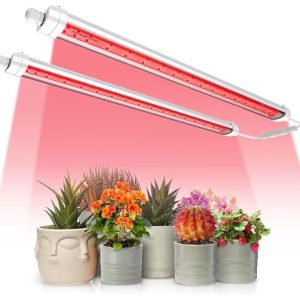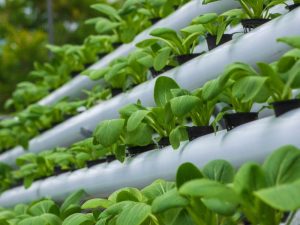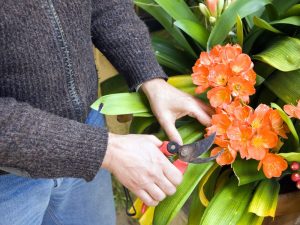
Gardeners can grow flowers and plants year-round in an indoor DIY grow box. This small, self-contained environment lets gardeners manage light, temperature, and humidity for optimum development. DIY grow boxes are an efficient and flexible way to cultivate beautiful plants or tiny crops indoors. Read our complete guide below on how to make your own indoor grow box.
Understanding DIY Grow Box
Contents
Indoor grow boxes offer a practical solution for gardeners looking to cultivate plants year-round, regardless of weather conditions or limited outdoor space. These self-contained systems provide the ideal environment for nurturing plants, with adjustable settings for light, temperature, and humidity. By using an indoor grow box, gardeners gain greater control over the growing process, ensuring optimal conditions for healthy plant development.
Gardeners turn to indoor grow boxes for various reasons, from extending their growing season to cultivating plants in urban settings where outdoor space is scarce. These setups allow hobbyists to grow a wide range of plants, such as flowers, herbs, and leafy greens, without the challenges posed by outdoor elements. The result is a convenient, customizable, and effective way to bring the joy of gardening indoors.
Benefits of Using a DIY Grow Box:
- Year-Round Growing: Provides the ability to grow plants regardless of the season or outdoor weather conditions.
- Space Efficiency: Ideal for small apartments or homes with limited outdoor space.
- Controlled Environment: Allows gardeners to adjust light, temperature, and humidity for optimal plant growth.
- Reduced Pests and Diseases: Indoor cultivation minimizes exposure to common garden pests and reduces the risk of plant diseases.
- Customization: Grow boxes can be tailored to fit specific plant types and personal gardening preferences.
- Energy Efficiency: Modern LED grow lights used in grow boxes are energy-efficient and cost-effective.
- Convenient Maintenance: Indoor setups simplify plant care and monitoring, making it easier to manage watering, feeding, and plant health.
- Enhanced Growth Rates: Consistent and controlled conditions can lead to faster and more reliable plant growth compared to outdoor environments.
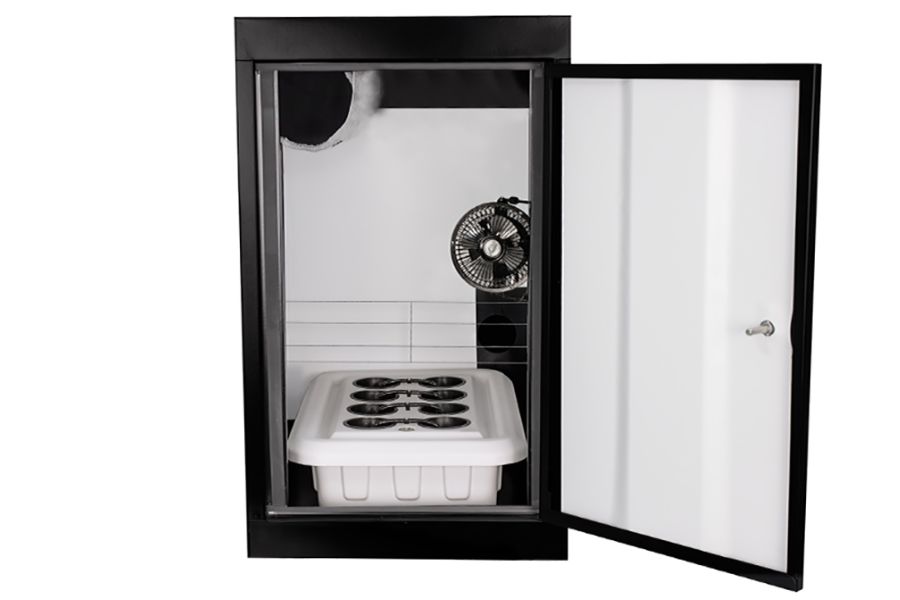
Building a DIY Grow Box
Constructing your own indoor grow box can be an enjoyable project that brings the joys of gardening into your home, even if you lack outdoor space. Follow these steps to build a grow box that will help cultivate healthy flowers or crops, ensuring you have control over essential growth conditions like light, temperature, and humidity.
Materials:
- A wooden or plastic container (large storage bins or old cabinets work well)
- Reflective material (mylar sheets, reflective insulation, or aluminum foil)
- LED grow lights
- Light timer (optional for automated lighting)
- Ventilation fans (small computer fans or clip-on fans)
- Power strip with surge protection
- Air filters (to maintain airflow)
- Plant pots or trays with drainage holes
- Potting soil or preferred growing medium
- Plant seeds or seedlings
- Hygrometer (to measure humidity and temperature)
- Duct tape or strong adhesive
- Screws and brackets (if needed for mounting)
Tools:
- Drill and bits
- Utility knife or scissors
- Measuring tape
- Screwdriver
- Safety goggles and gloves
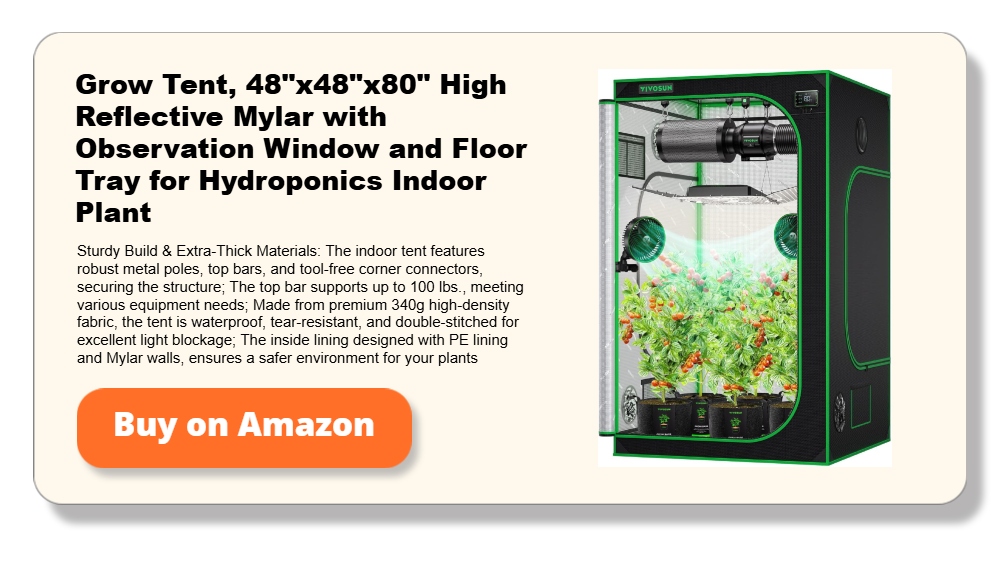
Step-by-Step Guide to Building Your Grow Box:
1. Choose and Prepare the Container Select a container that fits the space available in your home. An old cabinet, storage bin, or wooden box works well. The container should be large enough to allow for the growth of plants and airflow but compact enough to fit in your designated indoor area.
- Tip: Make sure the container is clean and free from any residues before you start.
2. Line the Interior with Reflective Material Reflective material helps to maximize the light distribution within the grow box, ensuring that your plants receive an even supply of light. Line the entire interior of the container with mylar sheets or reflective insulation. Secure the material with duct tape or a strong adhesive to prevent it from peeling.
- Alternative option: If you don’t have mylar sheets, aluminum foil can be used, though it’s less effective. Make sure the shiny side is facing inward.
3. Install the Grow Lights LED grow lights are the most energy-efficient choice for indoor gardening. They emit minimal heat and provide the full spectrum of light that plants need for photosynthesis.
- Positioning: Mount the grow lights to the top of the container. Use screws and brackets if necessary to secure them in place. Ensure that they are adjustable so you can modify the distance from the plants as they grow.
- Setup: Connect the grow lights to a power strip with surge protection and plug them into a timer to control the light cycle automatically.
4. Set Up the Ventilation System Good airflow is essential for maintaining a healthy environment inside your grow box. Without proper ventilation, plants may suffer from mold growth or poor air circulation, which can hinder growth.
- Installation: Mount small computer fans or clip-on fans to create an inlet and outlet for airflow. Place one fan at the bottom for intake and another at the top for exhaust. This setup helps to circulate fresh air and maintain optimal temperatures.
- Air Filters: Attach air filters over the fans to prevent dust and debris from entering the grow box.
5. Prepare the Planting Area Place plant pots or trays inside the grow box. Ensure that the containers have proper drainage holes to avoid waterlogging, which can lead to root rot.
- Growing Medium: Use quality potting soil or another preferred growing medium suited to the types of plants you plan to cultivate. Add a thin layer of perlite or vermiculite to help with aeration and moisture retention.
6. Install Monitoring Devices To keep track of temperature and humidity levels, place a hygrometer inside the grow box. Maintaining the right conditions is crucial for plant health.
- Ideal Conditions: Most flowering plants and vegetables prefer a temperature range of 65°F to 75°F (18°C to 24°C) and humidity between 40% and 60%.
7. Secure and Test the Setup Before adding your plants, double-check that all components are secure. Turn on the grow lights, fans, and any additional equipment to ensure everything works correctly.Test Run: Let the grow box run for a day without plants to monitor temperature, airflow, and light intensity. This pre-check helps you make any necessary adjustments before planting.

Tips for Maintaining Your DIY Grow Box
Maintaining your DIY grow box is essential to keep your plants healthy and thriving. Regular upkeep will help you control the environment inside the box, preventing issues like mold, pests, and light leaks. Here are some practical tips for maintaining your indoor grow box, so your indoor garden stays productive and discreet.
Regularly Check for Light Leaks
Light leaks can disrupt the light cycle your plants depend on. Periodically inspect your DIY grow box for any cracks or openings where light might escape. Even small gaps can affect your plants’ growth. Use weather stripping, duct tape, or dark fabric to cover any leaks. This will ensure the box stays lightproof and maintains the right environment for your plants.
Monitor Temperature and Humidity Levels
Keeping the right temperature and humidity levels is crucial for a healthy growing environment. Check the thermometer and hygrometer regularly, especially when outside weather changes. Adjust your fans or add a small heater if necessary to maintain stable conditions. A consistent climate helps prevent mold growth and reduces the risk of plant stress, which can impact their development.
Inspect Fans and Adjust Ventilation
Ventilation plays a vital role in a DIY grow box, so check your fans regularly to ensure they’re running smoothly. Dust can collect on the fan blades, causing them to slow down or make noise. Wipe down the fans occasionally to keep them in good working order. If you notice any issues, consider replacing worn-out fans. Proper ventilation keeps the air fresh and reduces humidity, keeping your plants healthy.
Adjust Light Height and Replace Bulbs as Needed
As your plants grow, they’ll need more light exposure. Check the distance between the lights and the plants every few weeks. Raise or lower the lights as needed to keep them at the optimal distance. Also, keep an eye on your bulbs, especially if using CFL or HPS lights, which can lose intensity over time. Replace any dimming or burnt-out bulbs promptly to ensure your plants get the light they need to flourish.
Prevent Pest Problems with Routine Inspections
Pests can find their way into even a well-sealed grow box. Inspect your plants for any signs of pests, such as tiny holes in leaves or sticky residue. Regular inspections allow you to catch and treat issues early before they spread. If you spot pests, remove any affected leaves and consider using a natural pesticide.
Clean the Interior Between Plant Cycles
When you’re between growing cycles, take the time to clean the inside of your DIY grow box thoroughly. Wipe down all surfaces, including the reflective material, fans, and door seals. This deep clean will remove any lingering mold spores, dust, or debris.
Following these maintenance tips will keep your DIY grow box in excellent condition, ensuring it remains a discreet, productive space for cultivating your plants.
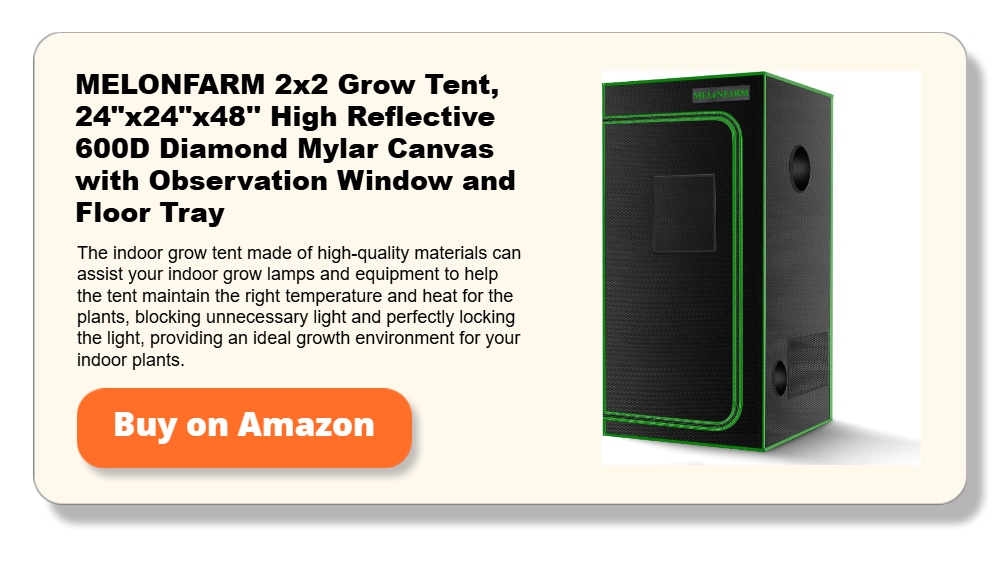
Selecting the Best Plants for an Indoor Grow Box
The success of your indoor garden can be much enhanced by selecting the correct plants for your DIY grow box. Selecting varieties that will flourish under limited space, particular light conditions, and the degree of discretion you are hoping for is crucial since some plants are more suited for the controlled environment of a grow box. These are some perfect plant varieties and ideas on what to think about while deciding.
Consider Plant Size and Growth Habit
An indoor grow box usually has limited capacity, thus choose rather small plants. Herbs that stay small and flourish indoors are great ones: basil, parsley, and thyme. Since they don’t take up much vertical space, leafy greens including lettuce, spinach, and arugula are also fantastic for a DIY grow box. Look for dwarf versions of marigolds, begonias, or pansies, which fit smaller spaces and provide a flash of color if you like flowers.
Steer clear of plants with spreading growth patterns or those that demand a lot of room to realize their best. Usually, the best options are compact or dwarf plant varieties since they let you maximize your space and yet guarantee good development. Maintaining a low-profile and under-control indoor garden will depend on your awareness of plant size.
Select Low-Light or Adjustable Light Plants
Many indoor grow boxes utilize LED lights, which can mimic natural sunlight but might not provide the intensity of direct outdoor light. Therefore, choose plants that thrive in moderate to low-light conditions. Plants like mint, chives, and cilantro can tolerate lower light levels and will adapt well to an indoor environment. Succulents and certain types of ferns are also suitable, as they don’t require intense light and can easily grow in a DIY grow box.
For plants that need more light, such as small fruiting plants like dwarf peppers or cherry tomatoes, adjust your grow light setup to provide full-spectrum lighting. Full-spectrum LED lights will give your plants the energy they need to flower and fruit. Consider adding an adjustable light hanger so you can move the lights closer or further away as the plants grow.
Choose Fast-Growing or High-Yield Varieties
For a productive DIY grow box, focus on fast-growing plants that allow you to harvest frequently. Leafy greens like kale, arugula, and microgreens are ideal because they grow quickly and can be harvested repeatedly over several weeks. Herbs like cilantro, basil, and oregano are also great choices since they can be cut back and will regrow throughout their lifecycle. These plants make the most of your grow box by providing a continuous yield without taking up too much space.
If you’re growing vegetables, consider compact or “dwarf” varieties of peppers, cherry tomatoes, or bush beans. These plants are bred to remain small while producing a high yield, making them perfect for limited spaces. By choosing plants that provide regular harvests, you’ll enjoy a constant supply of fresh herbs, greens, or veggies, maximizing the potential of your indoor grow box.
Select Plants Based on Temperature and Humidity Tolerance
Every plant requires particular levels of temperature and humidity. Herbs, including sage, thyme, and rosemary, will flourish in a well-ventilated DIY grow box. They prefer drier, cooler conditions. Conversely, tropical plants, including basil, mint, and some small varieties of peppers, like somewhat warmer, more humid surroundings. Selecting plants that will flourish in your grow box will depend on knowing their temperature range and humidity.
If you want a tropical setting, consider including a little water dish or humidifier to keep humidity levels. In colder conditions, concentrate on naturally occurring temperate climate plants. By matching your plants to the climate of the box, you will minimize upkeep and guarantee their growth in the under control environment.
Start with Easy-to-Grow Plants for Beginners
Starting with low-maintenance plants will help you if you are new to indoor gardening; beginning-friendly and versatile for many conditions, herbs including basil, chives, and oregano are Easy to grow and yielding quickly are lettuce, spinach, and radishes as well. Perfect for those still adjusting to a DIY grow box configuration, these plants are more forgiving of small changes in light, temperature, and humidity.
Starting with simple, easily grown plants will help you to become at ease with the technique and discover what performs best in your particular grow box setup. Once you have experience, you can investigate increasingly difficult plants that might call for more exacting attention.
Best Plants to Grow with an Indoor Grow Box:
- Herbs: Basil, mint, cilantro, thyme, and oregano are ideal for indoor grow boxes. They thrive with controlled lighting and are perfect for culinary use.
- Leafy Greens: Lettuce, spinach, kale, and arugula grow quickly in indoor environments and can provide a fresh supply of greens year-round.
- Microgreens: Radish, broccoli, and sunflower microgreens grow rapidly and are packed with nutrients, making them perfect for indoor cultivation.
- Flowers: Petunias, pansies, marigolds, and African violets add color and beauty to indoor spaces and thrive in grow boxes.
- Small Vegetables: Cherry tomatoes, peppers, and baby carrots can grow well in larger grow boxes with the right amount of space and care.
- Strawberries: Compact and easy to manage, strawberries can produce fruit indoors when provided with sufficient light and warmth.
Choosing the best plants for your indoor grow box requires weighing elements, including size, light needs, growth rate, and climate preferences. Your homemade grow box will offer a useful area to enjoy a consistent supply of fresh herbs, greens, or flowers in your house with the correct plant selections.
Conclusion
Building a DIY grow box creates an indoor, controlled environment for cultivating plants year-round. By carefully managing light, temperature, and ventilation, you can ensure your plants thrive discreetly indoors. With regular maintenance and attention to detail, your indoor grow box will provide a productive and satisfying gardening experience.
We have other kinds of grow boxes for various plants. Read about our garden grow box and Trellis combo project!

